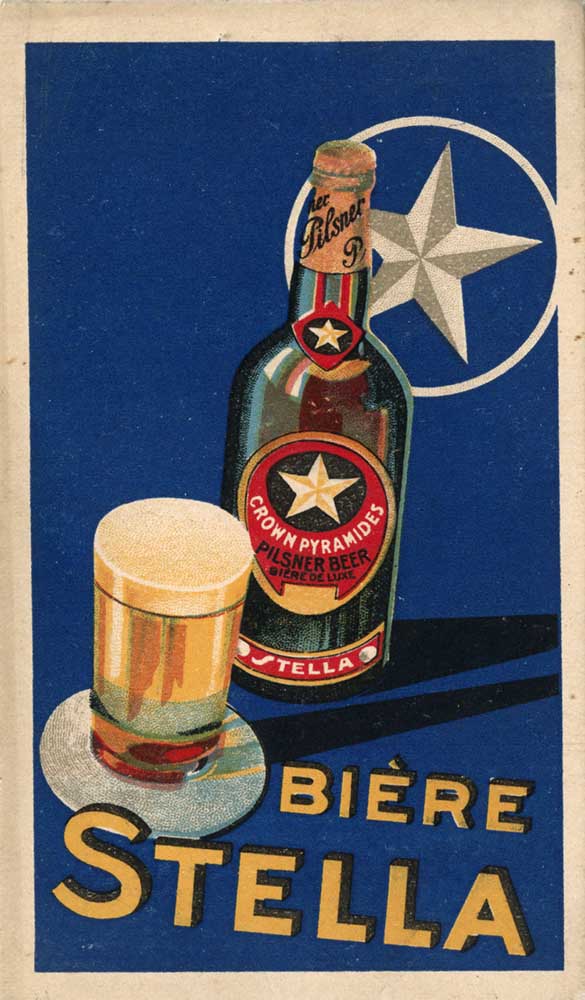The Middle East is not known for its beers by any stretch of the imagination; however, almost all countries in the region, except for a few in the Gulf, have or had iconic national beers. Alcohol has played an important and under-appreciated cultural role and has deep historical roots in the Middle East, with many of the region’s nations laying claim to being the first to produce beer many thousands of years ago. Here, we take a look through some of the region’s most iconic beers, most of which are still produced and some of which are only remembered through the retro adverts left behind or stories told by those who are old enough to remember.
Iraq, Farida
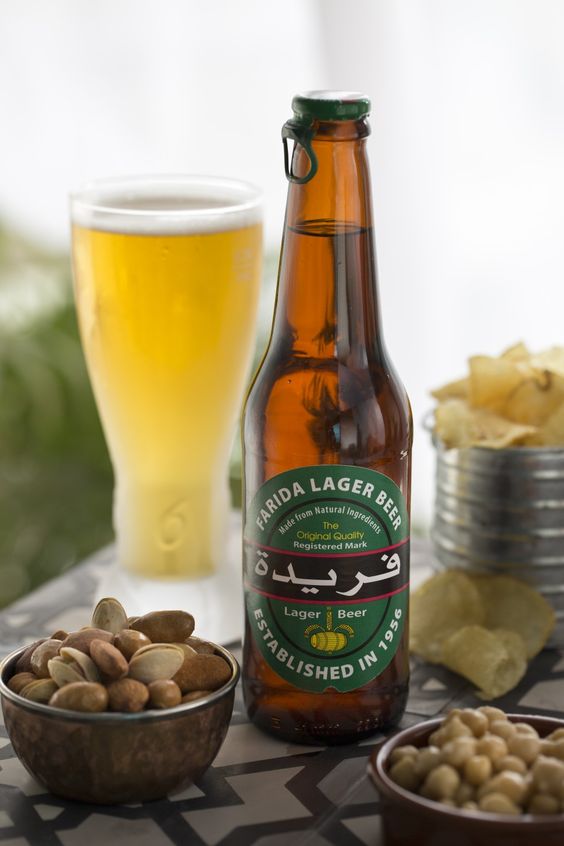
The history of beer in Iraq goes all the way back over 5000 years to Sumer, the first known civilisation to arise out of Mesopotamia. The Sumerians were fond of their beer and early tablets even show how beer was allocated to workers as payment, used in religious ceremonies, and all matters of important affairs. The legendary Epic of Gilgamesh, known as the earliest notable piece of literature in existence, also references the importance of beer in Sumerian society in a notable passage when Enkidu is told “Drink the beer, as is the custom of the land… He drank the beer-seven jugs! and became expansive and sang with joy!” Mirroring this attitude towards beer, several Sumerian proverbs reflect this same attitude, namely one which goes along the lines of ‘He who does not know beer, does not know what is good’. Topping all of this though is, however, is the fact that the Sumerians had not just one god dedicated to beer, but two. The god Ninkasi, whose name translates as ‘the lady who fills the mouth’, was dedicated to brewing beer and was the most prominent of the two beer gods. Ninkasi even had a hymn written about her that was sung by Sumerians as they brewed beer, although the beer was said to be filled with a lot of sediment that lay at the bottom, which led to the Sumerians inventing the straw.
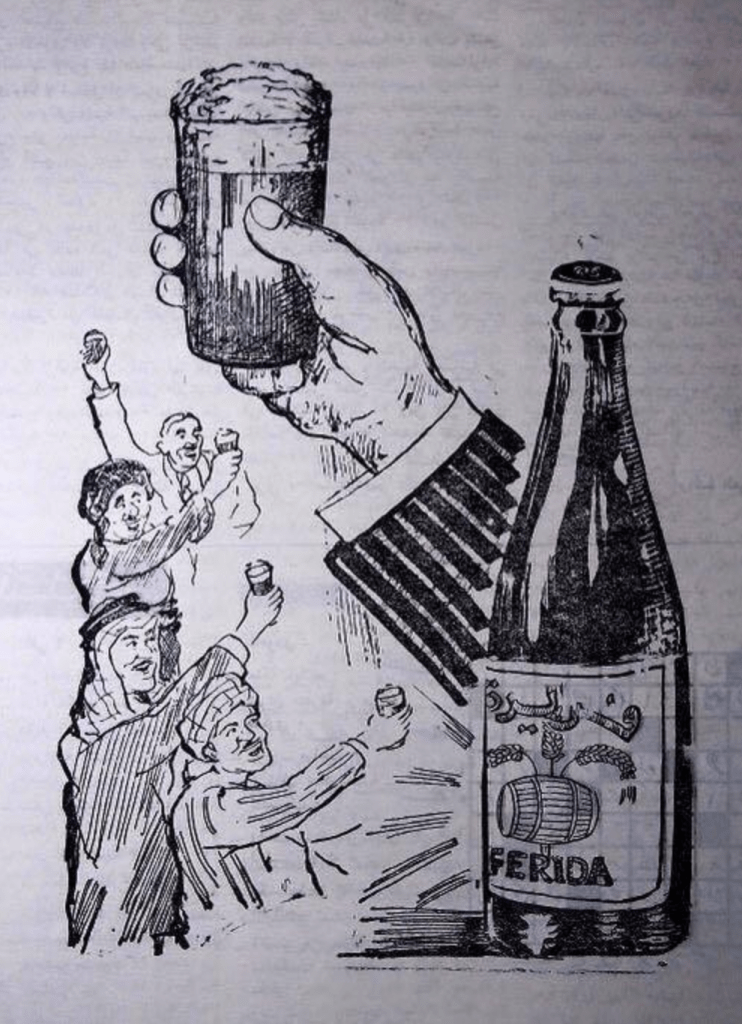
In modern Iraq, beer may not have the same importance, but has nonetheless, surprisingly, remained a relatively popular drink in the country. To this day, alcohol is widely sold throughout the country despite increased restrictions during parts of Saddam Hussien’s rule and the occasional legislative move by religious parties to ban the sale of alcohol. Iraq also brews its own beer, the most iconic of which is Farida. Brewed in Baghdad from all the way back to 1956, Farida is a pale lager that throughout the years has become an iconic Iraqi beer from its unique taste and previously memorable logo and advertising. Farida often gets quite poor reviews, but I think Farida is an underrated and very enjoyable beer that sticks out from the crowd.
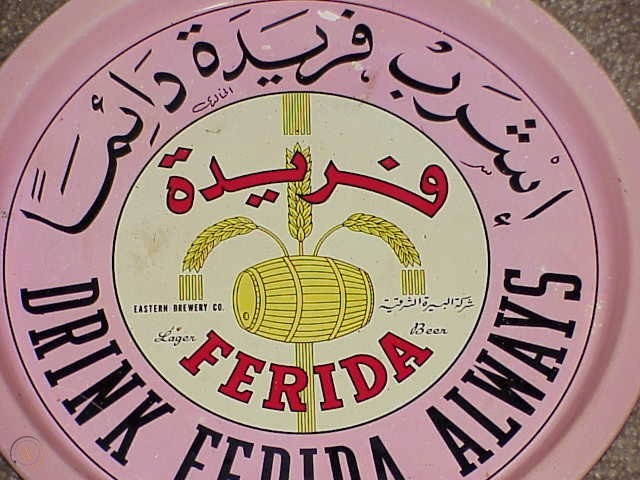
Algeria, Tango Biere Blonde
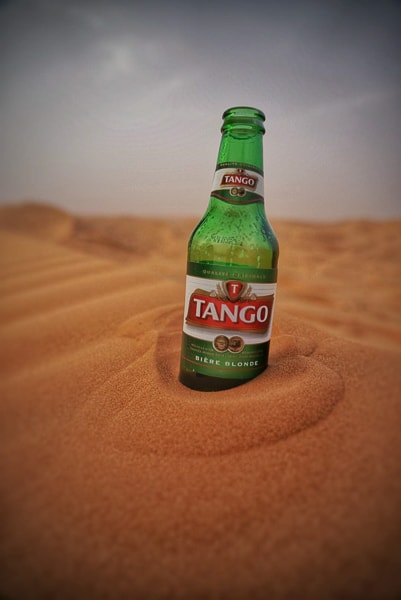
During the Roman Empire, Algeria was famed for its wine and the Roman elite from all over the empire would send servants down to the port to grab their hands after any of this much-in-demand drink arriving by ship that day. Algeria still hosts over 70 vineyards and produces some decent wines, but it also produces its own beer. Once known for its bustling bar scene, however, Algeria has since lost many of its iconic bars as the government’s approach to alcohol and public perceptions around alcohol changed following the Algerian Civil War that came to an end in 2002. Of Algeria’s beer, the most popular without doubt is Tango Biere Blonde, which is well loved for it being perfect on an incredibly hot day. While not as iconic as many of the other drinks on this list or as interesting historically, Tango is nonetheless iconic in Algeria as the drink of choice for those who drink.

Jordan, Petra

Placed between ancient Egypt and the Sumerian Empire, the world’s two most important early brewers of beer, Jordan due to its position on trading routes in an out of these territories was soon introduced to beer. Fast forward to 1964, and the Jordan Brewing Co. Ltd. created Petra, Jordan’s first and longest running fully home-grown modern beer. While the Dutch beer Amstel is probably drank more than Petra in Jordan, Petra remains the nations most iconic beer due to its name and history in the country. In recent years, however, Carakale Brewery has emerged on the scene as the first microbrewery in the country, which may be the beginning of a small but growing craft ale culture in Jordan that uses quintessentially Middle Eastern ingredients and flavours in their brews.
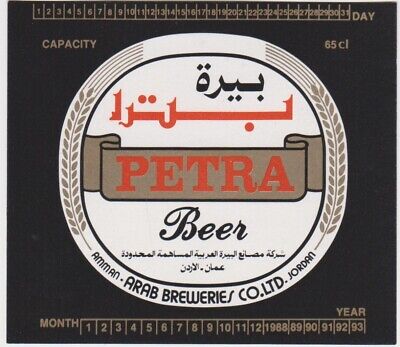
Yemen, Seera
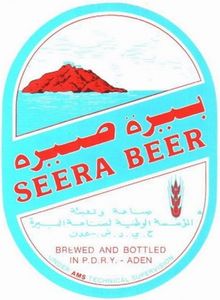
Until 1994, the National Brewing Corp. in Yemen’s Aden was the only legal brewery in the whole of the Arabian Peninsula. However, it was closed down and its factory torched amid a wave of rising conservatism following the unification of the north and south of the country. This period saw the influence of the more conservative north impose itself on the more secular and previously Marxist-governed south of the country. The brewery was helped run by Eckhardt Zitzmann, a German advisor who coincidentally oversaw a brewery in Iran before it too was forced to close amid rising conservatism. Zitzmann told Reuters in 1990 of the unusual situation of being, ”in a country where alcohol is supposed to be forbidden, but the government owns a brewery”. Seera was immensely popular in southern Yemen and was known to be smuggled not just to the north of the country, but also to neighbouring countries that outlawed alcohol.
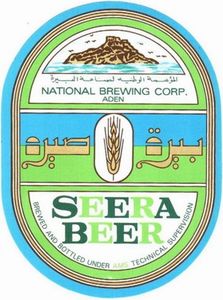
Turkey, Efes
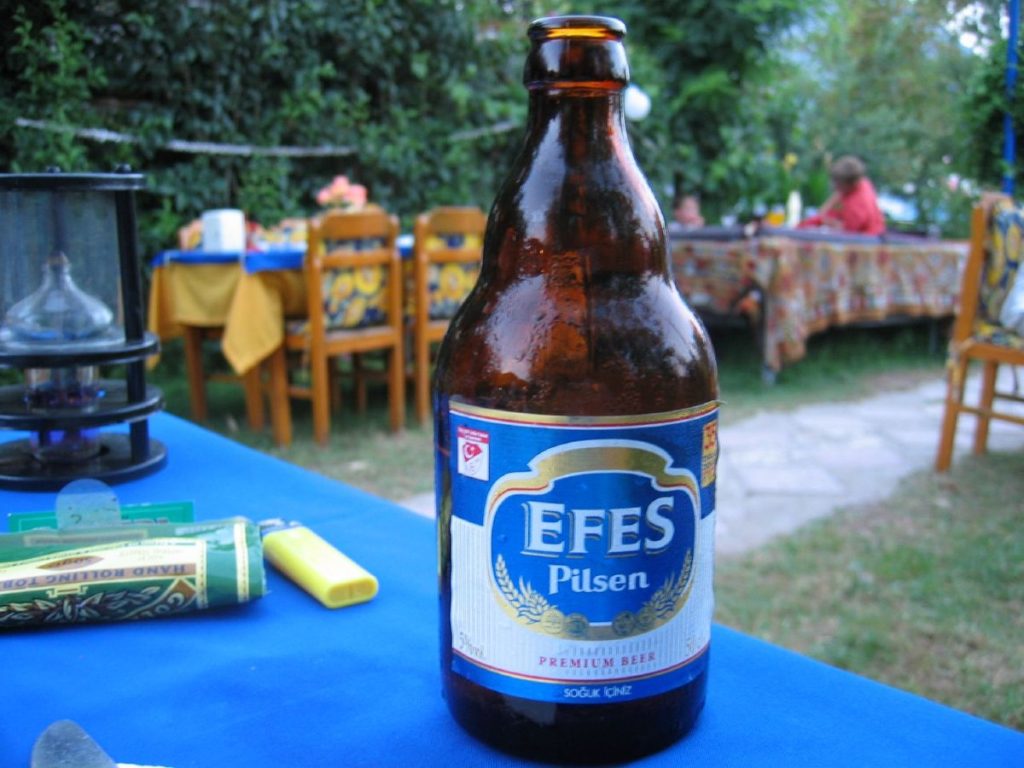
Anatolia can trace its history of beer production back to Sumeria, but pre-Ottoman Empire Turks in the region have also been recorded as experimenting with beer-like drinks such as boza. Following this, however, the history of beer in Turkey is patchy as the Ottoman Empire went through periods of either ignoring, tolerating, or outright banning alcohol. Armenians in the Ottoman Empire were well known for producing beer and it is said that even during periods of prohibition, taverns and alcohol could be easily found in any large Turkish city. Nowadays, Turkey has several beers and a growing craft ale scene, but with 84% of Turkey’s market share, Efes is undoubtedly the country’s most iconic beer. Efes, which gets its name from ‘efedim’, the Turkish word for sir or master, is sometimes controversially described as the country’s national drink. Starting in 1969 with a brewery in Istanbul and other in Izmir, Efes soon became an incredibly popular and iconic drink in the country and can now be found in over 80 countries around the world. Due to the huge number of Efes bottles exported around the world, it is the world’s ninth largest brewery and Europe’s fifth by the volume of production.

Lebanon, Almaza
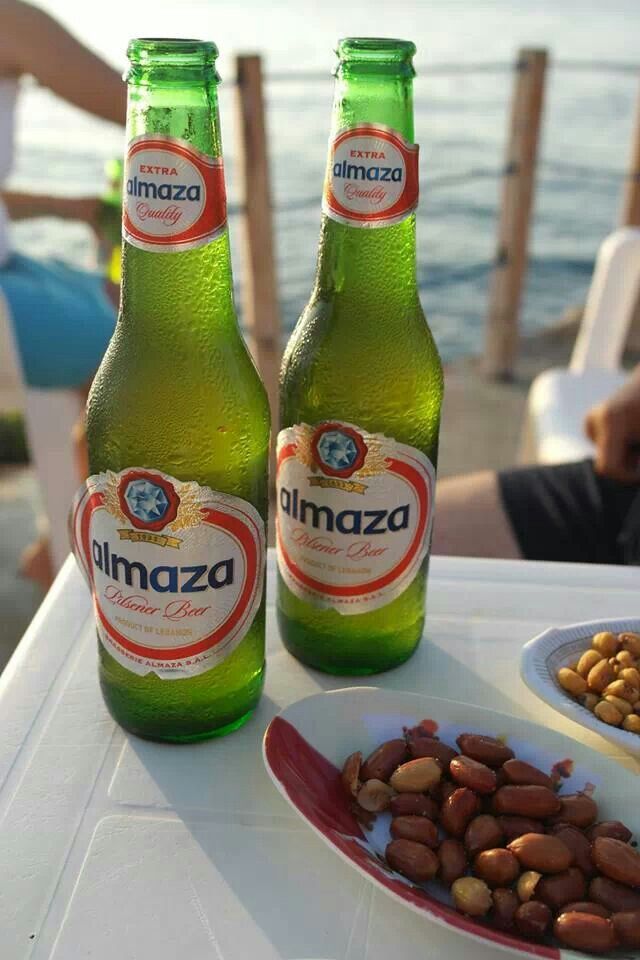
Although Lebanon is mostly known for arak and its fantastic wines from the Beka’a Valley and its picturesque vineyards, the country also has a thriving beer brewing industry. The tiny nation of less than seven million nevertheless has, despite of its size, the Middle East’s most diverse and vibrant brewing culture and industry. In recent years, microbreweries and new and up-and-coming breweries like Colonel Beer, 961, and Cidra have started offering everything from numerous pale ales to stouts and even sours.
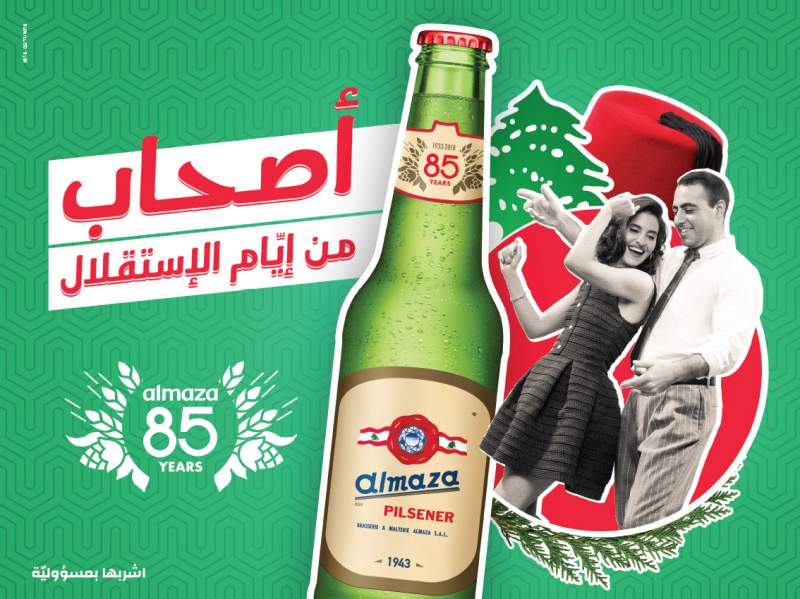
However, for those after a normal lager and who want to try the nation’s most popular and iconic beer, Almaza is what you should go for. This simple, no-fuss, and refreshing lager is significantly cheaper than other beers available and is without the doubt the national beer. Founded in 1933, this nearly ninety-year-old beer, whose name translates from Arabic into English as diamond, may only be the second oldest beer, after Laziza, but it is certainly the most iconic and recognisable Lebanese beer.

Libya, Birra Oea-La Perla
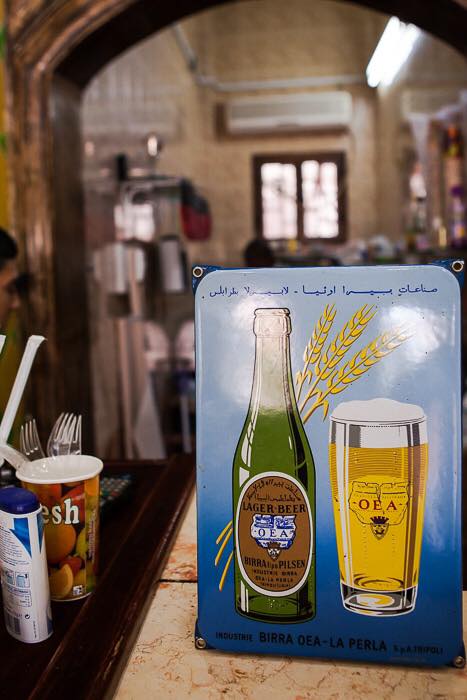
Now closed for over 50 years, adverts for the Libyan brewery and beer by the name of Birra Oea-La Perla can still be found in some Libyan cafes that used to be bars before the 1969 revolution. In the Dahra neighbourhood of Tripoli, Birra Oea-La Perla used to have a brewery until Colonel Gaddafi initiated a nationwide ban on alcohol following the 1969 revolution. As one of only three African nations to ban alcohol, the country does not have a beer culture, but through Birra Oea-La Perla’s distinctive retro adverts you can get idea of how it used to be in Libya. Little is written about Birra Oea-La Perla and it is only from the old adverts and anecdotes of those who were around when it was still around that we can learn about this little-known North African beer.
Egypt, Stella
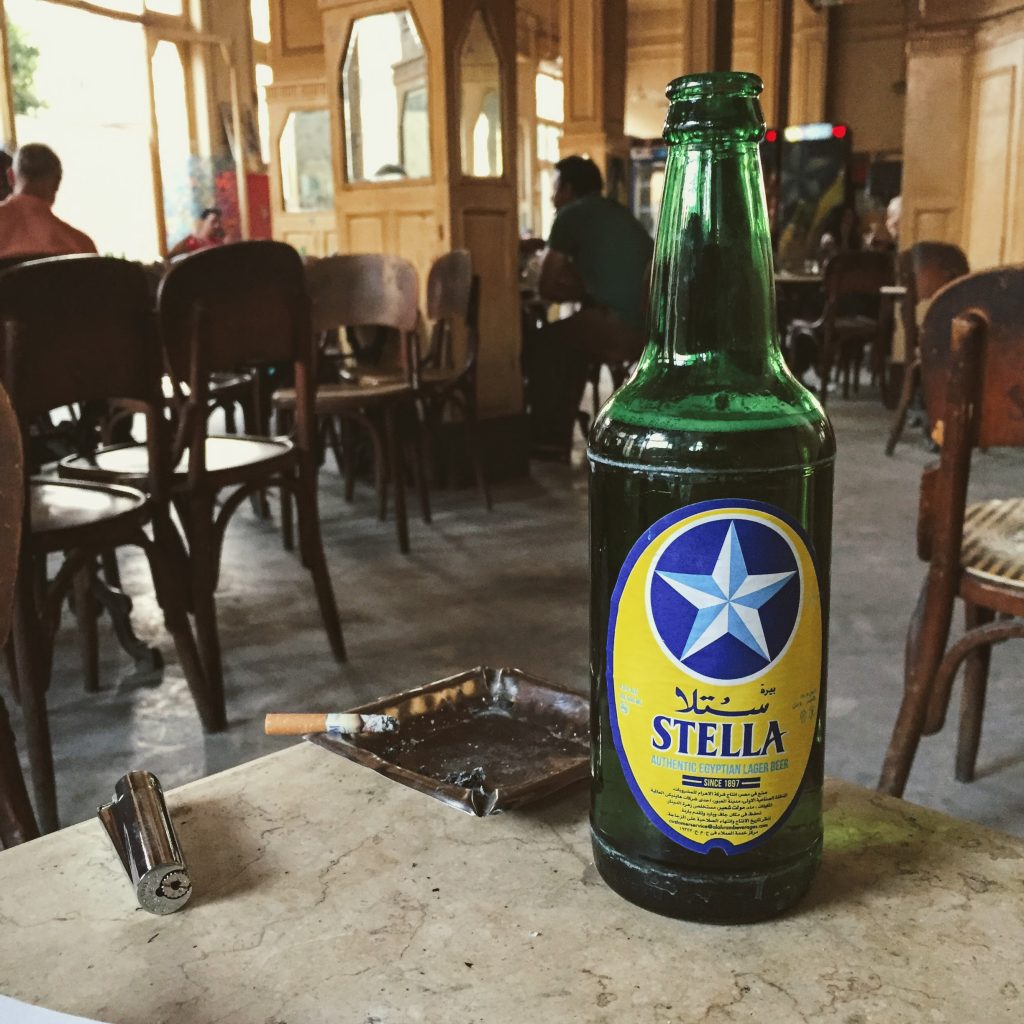
Many countries around the world claim to be the world’s oldest producer of beer, and Egypt is no different. In 2021, a beer factory in Abydos was discovered that dates back maybe over 5000 years to between 3150 BC and 2613 BC during the reign of king Narmer. Both wine and beer were popular in ancient Egypt; however, it is understood that while wine was often the drink of the upper class, workers would drink and sometimes be paid in beer. It is even claimed that according to carvings near the Giza Pyramids, many of its builders were paid in a daily ration of ten pints of beer. Additionally, the ancient Egyptians also had a god who sometimes went by the name ‘The Lady of Drunkenness, more commonly known as Hathor. Temples dedicated to Hathor were plenty and ceremonies would often involve drink.
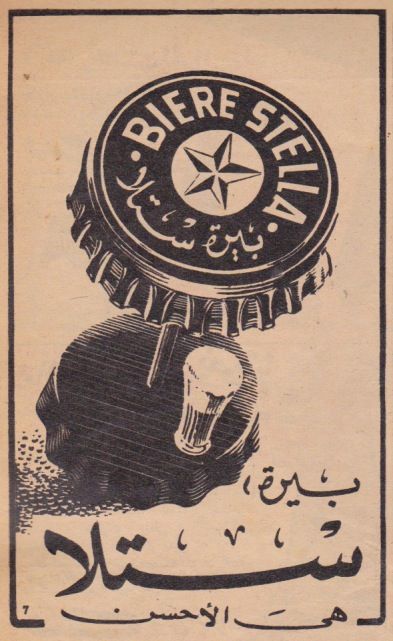
Stella is maybe the most iconic of all Middle Eastern beers due to its historic dominance of the Egyptian market, punchy retro adverts, and memorable label. However, Stella is also so prominent due to its long history that dates back over 120 years that has established it as unquestionably the national beer. The beverage’s history can be dated back to 1897 in Alexandria, when Crown Brewery started producing a beer called Stella. Another brewery in Giza known as the Pyramid Brewery likewise soon started producing a beer soon after, confusingly also called Stella. Despite being different beers with different recipes produced by two different breweries, they were soon both brought by the Dutch company Heineken in 1937. However, the two Stellas only became the same product with the same recipe following Egyptian President Gamal Abdel Nasser nationalising Al-Ahram Beverages in 1963. After several decades, Al Ahram Beverages was privatised in 1997 and was soon brought up again by Heineken in 2002, who had originally brought the company in 1937. However, despite the continual changes of ownership and the varying levels of quality of the beer itself, not to mention the drastic changes that Egypt has gone through, Stella has maintained its immediately recognisable and iconic branding throughout the whole period.
Tunisia, Celtia
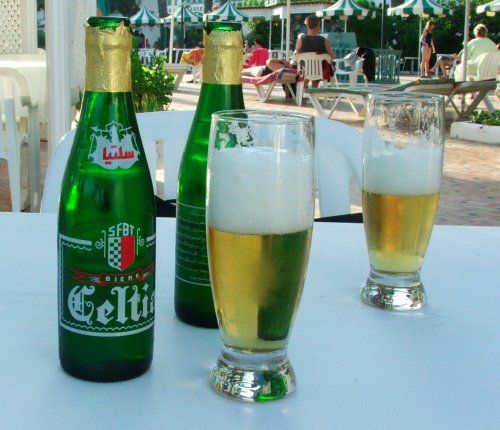
Named after the wife of the director of the brewery, in 1951 the Tunisian Beverage Manufacturing Company launched Celtia, Tunisia’s most iconic beer. Incredibly, Celtia had no competition in the country until Heineken arrived in 2009 with a host of new beers. However, Celtia is still overwhelmingly preferred by Tunisians over any of the foreign competitors and completely dominates the market. Known to be a well-made beer with a distinctive name and label, Celtia’s dominance in many ways is deserved in the Arab world’s biggest consumer of alcohol per capita.

Palestine, Taybeh

Of Palestine’s three microbreweries, Taybeh Brewery is not just the oldest one in today’s borders of Palestine, but in the borders of all historic Palestine. Situated in the village Taybeh, just outside of Ramallah, Taybeh Brewery was founded in 1994 and is most likely the region’s first microbrewery. The founder of Taybeh Brewery claims that Yasser Arafat was a supporter of the brewery when it decided to launch, believing it to be a way to stop the dependence on alcohol imported from Israel. Taybeh even organises its own Oktoberfest event that brings together Palestinians to celebrate locally produced beer. However, operating in occupied West Bank comes with incredible difficulties as exporting products and importing equipment can often be incredibly costly, making it very hard for Taybeh to remain economically competitive. However, Taybeh has found many fans abroad who are willing to pay the extra for this unique and iconic Palestinian beer.
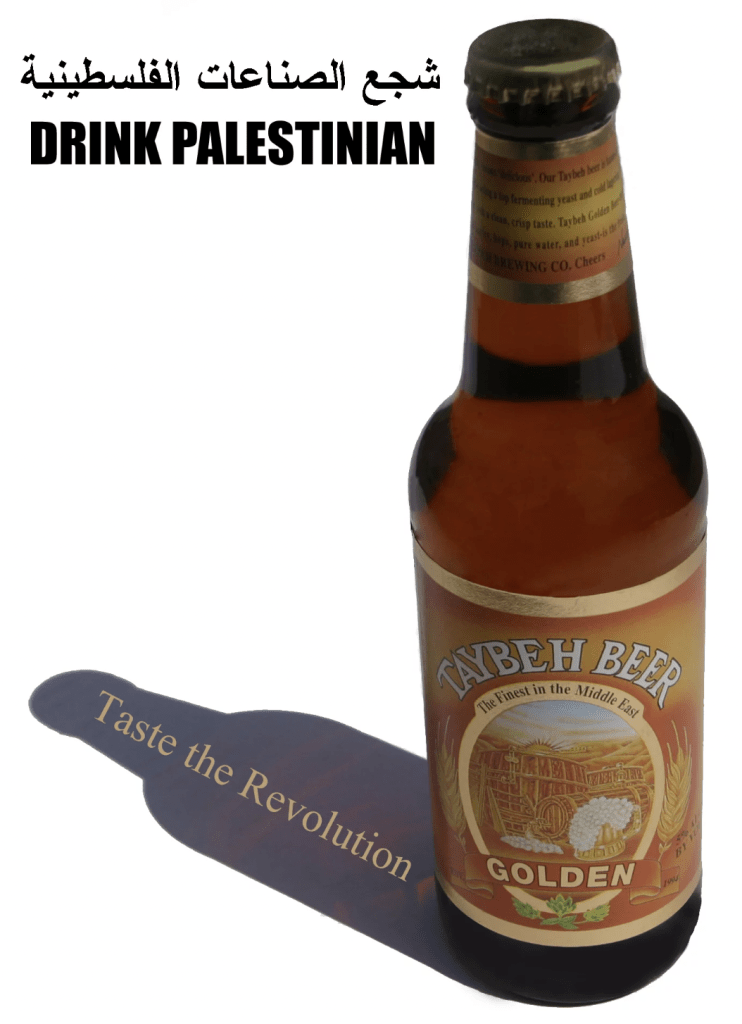
WE SAID THIS: Don’t miss… The World’s Oldest Beer Factory Unearthed In Egypt




